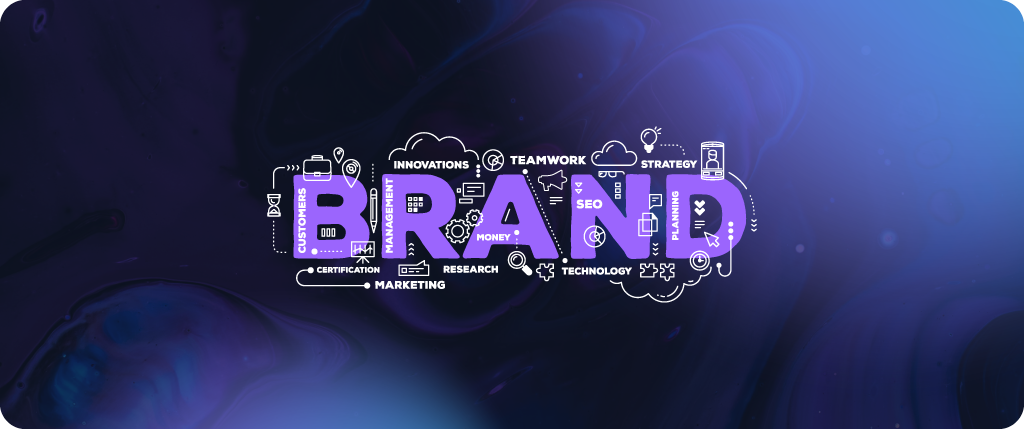
When you acquire a business branding often becomes an afterthought. There’s a lot going on and often branding falls to the bottom of the list. The problem with this is that brand strategy can make a huge difference to continuity for employees, customers, and suppliers alike. Every acquisition brings its own individual brand challenges and opportunities. Here are some of our key insights following recent brand acquisition projects with clients.
The brand challenge post-acquisition
One of the main challenges we find at this point is to what extent is the brand strategy for the company that has been acquired going to join up with the new parent group brand or other brands within the group. This will depend entirely on how the new brand will be positioned within the group and to what extent it should be similar or different to other existing brands.
Do you retain the current acquired businesses’ brand but make some tweaks to better align it with the group brand such as adjustments to colours, and looking at when to use the group and other group company logos? Do you completely overhaul the acquired businesses’ brand to ensure that all brands within the group have a consistent look and feel, whilst also being distinctive in their own right? Or do you have a completely different look and feel for the newly acquired business to maintain its heritage? The latter might especially be the case if there are no gains from aligning the brand identity e.g., if the target audience is completely unrelated or if you have competing brands within a group.
Continuity for stakeholders
One of the biggest risks around an acquisition is of course that you might alienate the current loyal stakeholder base that the business acquired has. There are different ways that you can reassure existing employees, customers, and suppliers in terms of the visual identity such as introducing the new brand side by side for a little while before you then drop the old brand.
A well thought through communication strategy is absolutely key. Existing stakeholders need to understand with clarity what has happened, why it’s happened and what’s the vision moving forward, including what role they play. Whatever route you decide to take in terms of continuing with the existing brand strategy or reconfiguring the brand will help determine the most effective communication plan. Every step in the plan will differ depending on your individual situation and how you plan to position the business moving forward.
Getting it right
From experience the best approach is to not coast along during the post-acquisition period taking each day as it comes. You’ll end up having a lack of clarity and constant changes around what the brand visual identity and messaging should be. It’s better to tackle your brand architecture and brand strategy for an acquired company in the early stages. Start by auditing what you currently have and the current positive associations with the acquired company brand. Assess your short- and long-term strategy, vision, and brand objectives. Develop a brand value proposition which positions the business to fulfil your objectives and to ensure resonance with the target audience and refine your point of differentiation.
If all employees have a clear steer on your brand vision, mission, values, what makes the company different and how the brand is positioned then they are far more likely to be aligned and in support of helping fulfil your objectives. Having a clear set of brand guidelines will also ensure that your brand messaging and visual identity is communicated to your target audience with impact and memorability to build trust with both existing and new customers.
Looking for support with your brand following an acquisition?
Get in touch to speak to us about developing your brand strategy and architecture, email hello@weareembrace.com
This latest thinking article was written by:

Becky Readon
Managing Director